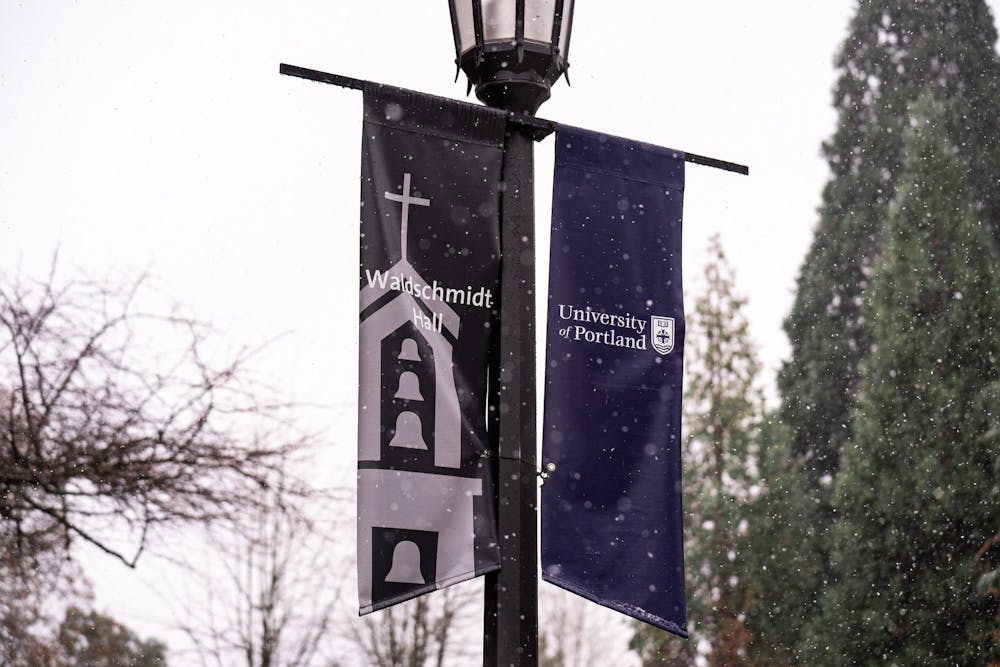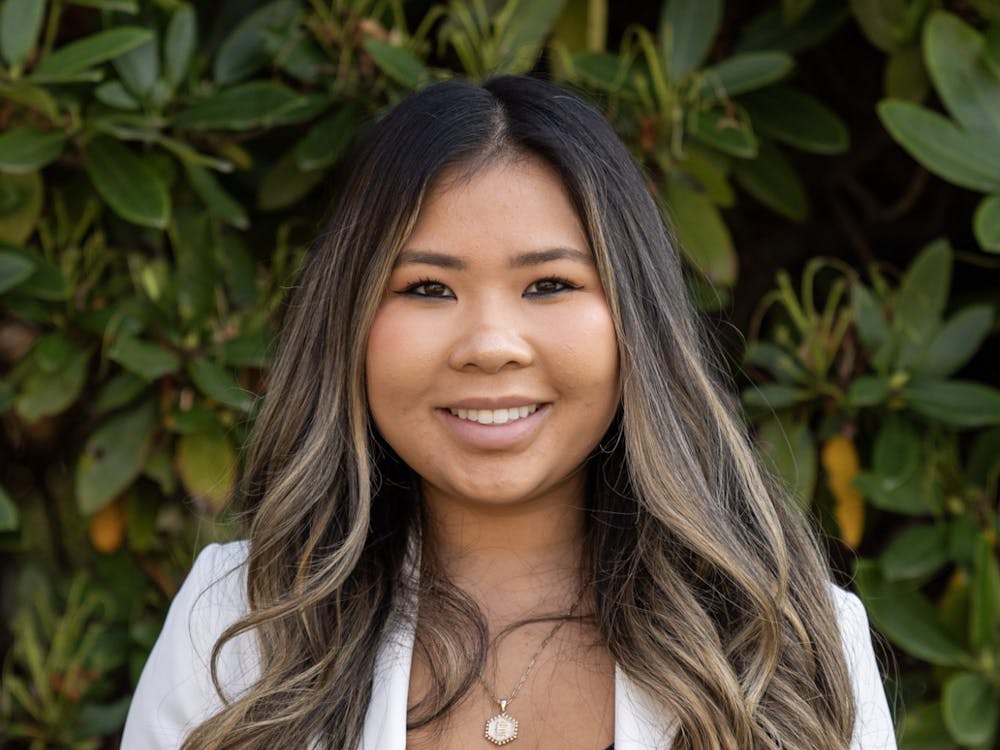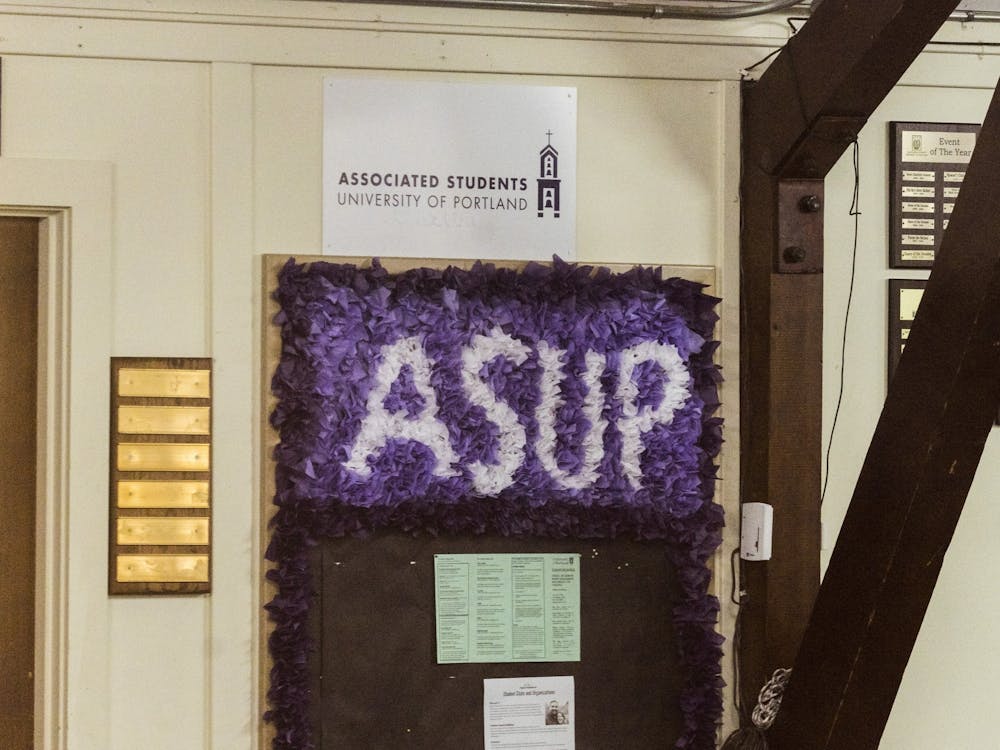Every year, prospective students come to The Bluff to tour the University of Portland campus and decide if this is where they will spend the next four years of their lives. This year, students who tour the campus and decide to enroll will receive an award: A $1000 scholarship on their first term.
This is just one of the tactics UP is using to attract students during a time of declining enrollment and the recent freshmen melt. The University is trying to tighten its grip in admitting and retaining students.
“We want students who are going to not only come to the University of Portland, but will graduate from the University of Portland,” Vice President for Financial Affairs Eric Barger said.
The $1000 award for visiting then enrolling at UP is one way to entice students to visit. Typically, when students visit UP they are more likely to come and stay.
“We know that the students who do engage with us and come out here and see us, visit us, enroll here, tend to stay here,” Barger said. “We need that strategic thinker to help us get back to where we were. Our goal is to get back to a freshman class 1000 or more as we go forward.”
New positions to help admissions and retention
Barger is in charge of the search to fill the vice president for enrollment management, a position announced by UP President Robert Kelly in January.
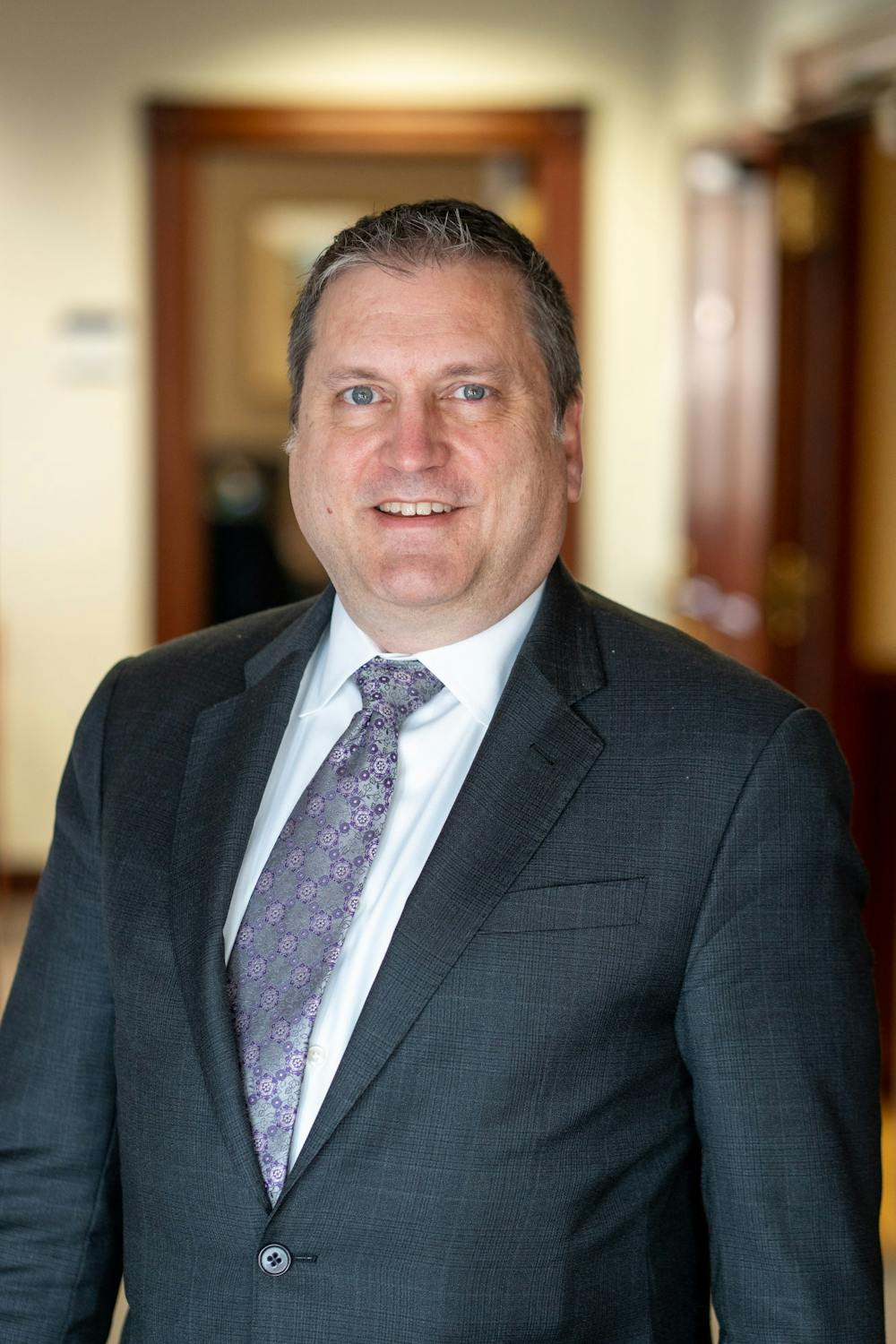
“We want somebody who’s a very strategic thinker,” Barger said. “ … somebody who’s going to be able to partner with all other members of the president’s leadership cabinet, who’s going to help us share the story of University of Portland about who you are and how students can really benefit from being at Oregon’s largest undergraduate private institution.”
The person who fills the VP position is also expected to interact with the student body and Pilot families.
“I expect … we're going to want to hire somebody who's going to want to enjoy interacting with students,” Barger said, “… is going to want to go to the launch parties in San Francisco or Seattle or wherever and interact with students’ families too.”
UP is working with outside firm WittKiefer to narrow down the applicant pool and expects to have this position filled by July 1.
The VP will work with various departments of the University including financial aid, admissions and international student services.
Combatting the low admissions rate
Also responding to the decline in enrollment is the Standing Committee on Retention and Reduce Melt Working Group — announced by former Provost Herbert Medina in November to the Associated Students of the University of Portland (ASUP).
While UP calculates for a melt to happen in the first few weeks, the University was expecting to see a trickle of about 100 students. This past fall semester, UP had 287 students submit deposits that did not show up — over double of what they had planned for.
The goal of these committees is two-fold: Make sure students make it to campus in the fall and investigate why students leave and how the University can help them stay.
The Reduce Melt Working Group focuses on students who put down deposits for UP. Its goal is to ensure those students make it to campus.
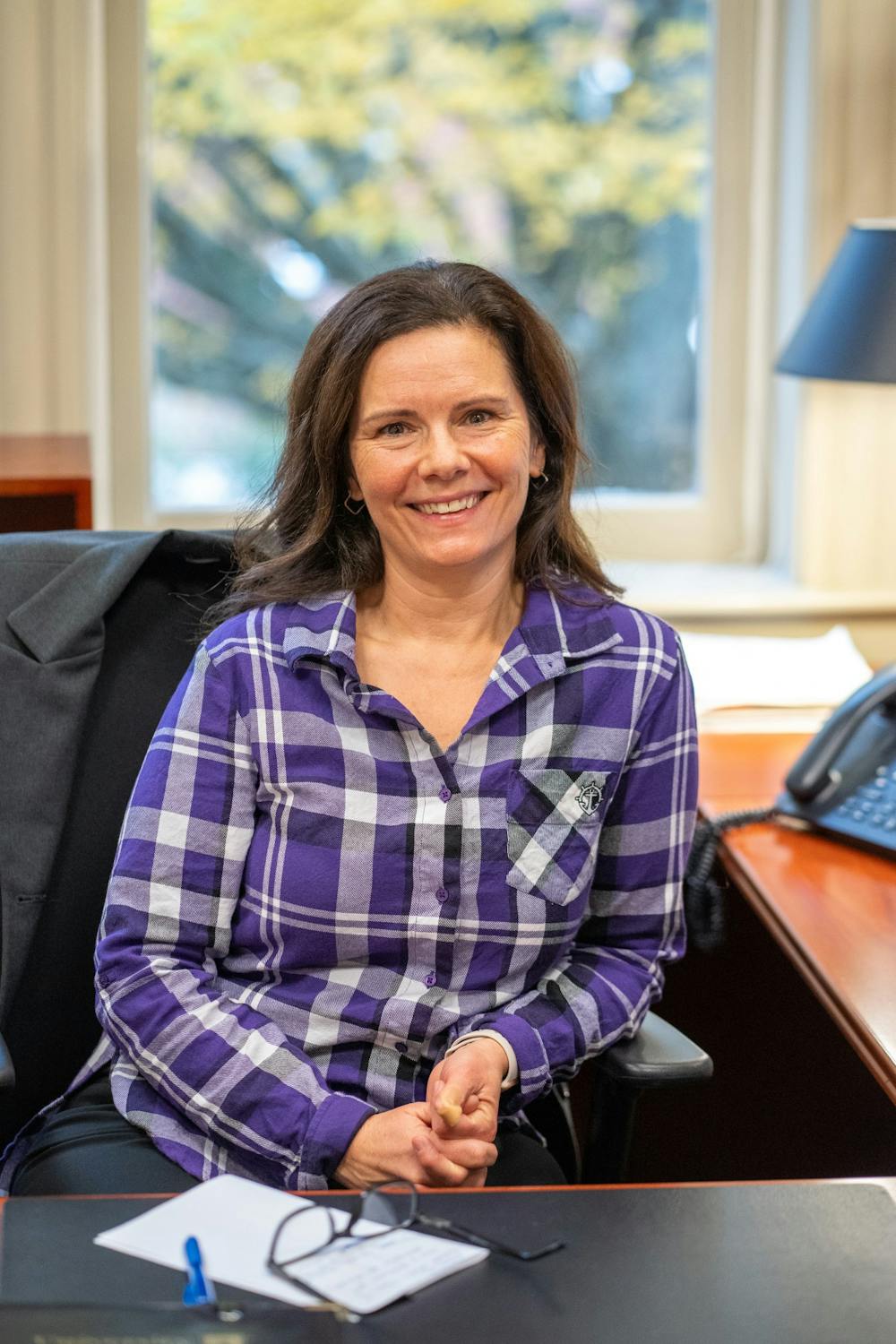
“We’re trying to figure out how to engage students in that time,” Associate Vice President for Student Development and Reduce Melt Working Group co-chair, Tamara Herdener, said. “ … whether it’s four months or nine months between when they give a deposit saying they’re going to come to UP and then actually start classes.”
The melt group is working to keep communication with students who submitted deposits by reaching out via phone call and providing more aid in completing the admissions requirements.
The group also wants to make sure that there are various opportunities and communities on campus for students to find their niche and sense of belonging at UP.
“I just think we need to do a little bit more,” Herdener said. “ … a little more guiding, a little more support to create that magic and that welcoming … and all the other kind of mental health hurdles that students have just to let them know that we are here to support them and it will be great.”
In terms of retention
Dean of Pamplin School of Business, Michael DeVaughn, co-chairs the Standing Committee on Retention and is focusing their attention on the why behind students’ decisions to leave UP before graduating.
“We have students that we lose throughout the system.” DeVaughn said. “One of the things that’s important to understand is that [UP] is actually pretty good if you compare us to our peers.”
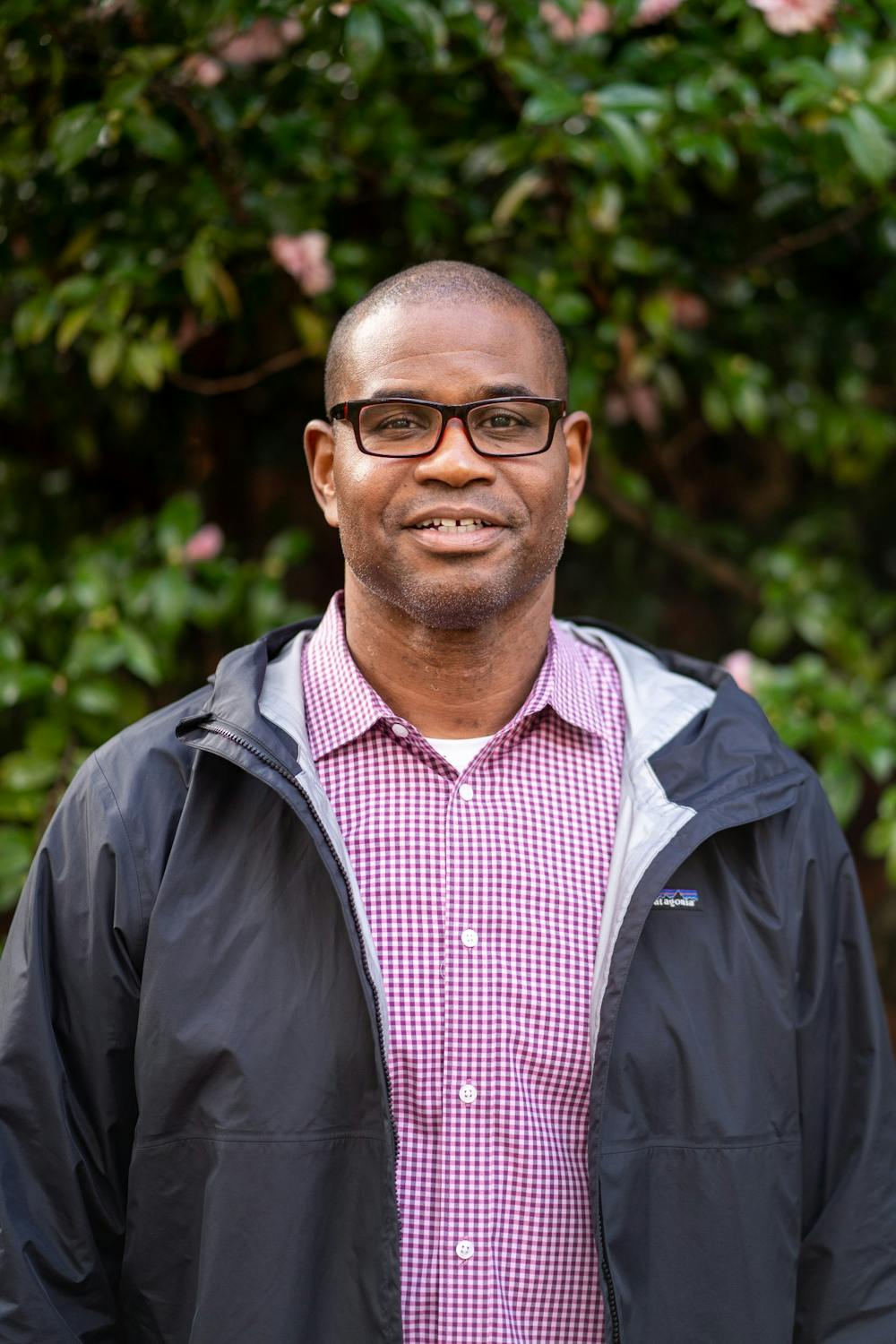
UP’s current retention rate stands at 86%. With the introduction of these committees and the new VP position, Barger hopes to see retention creep back up to 92 or 93%.
Within the year, the standing committee wants to create recommendations the University can implement. DeVaughn points out some proactive measures as “micro affirmations.”
An example of a micro affirmation could be a professor reaching out to a student saying they’re showing promise in their studies, which could make the student feel like they belong and motivate them to stay at UP.
“[Students] come to college, looking to make friends and also to find adult mentors and those adult mentors are teachers and faculty,” DeVaughn said.
Because recruiting new students is more costly than retaining current UP students, DeVaughn believes investing in retention measures, as well as recruiting, would pay off.
“We have beautiful glossy brochures, we have tours, we have visitation days, we have Weekend on the Bluff,” DeVaughn said. “We do all these things to get the folks in, where are the resources to keep them in?”
Working together, the committees and VP hope to intensify their recruitment efforts especially among international students.
“When I was a student here back in the ‘80s, we had a fairly significant international student population and we’d like to diversify our campus by bringing more students of various backgrounds from around the world onto our campus,” Barger said.
UP is also trying to make itself more appealing to transfer students. The University recently changed its core requirements to provide more flexibility.
“We need to be able to give them a roadmap to say if you take this course it will transfer, it will cover this core requirement or this major requirement that you’re looking at,” Barger said.
An important aspect of college for students is the finances. It is no secret that private colleges and universities are more expensive than public schools, but UP is trying to show why the cost is worth it.
“This is a more personal experience,” Barger said. “I think for most people, the amount of personal attention, the fact that you’re taking classes from your professors and not from graduate assistants…can make a huge difference in the kind of feel you have in your education.”
Lulu Heffernan is the Living Section Editor for The Beacon. She can be reached at hefferna23@up.edu.



